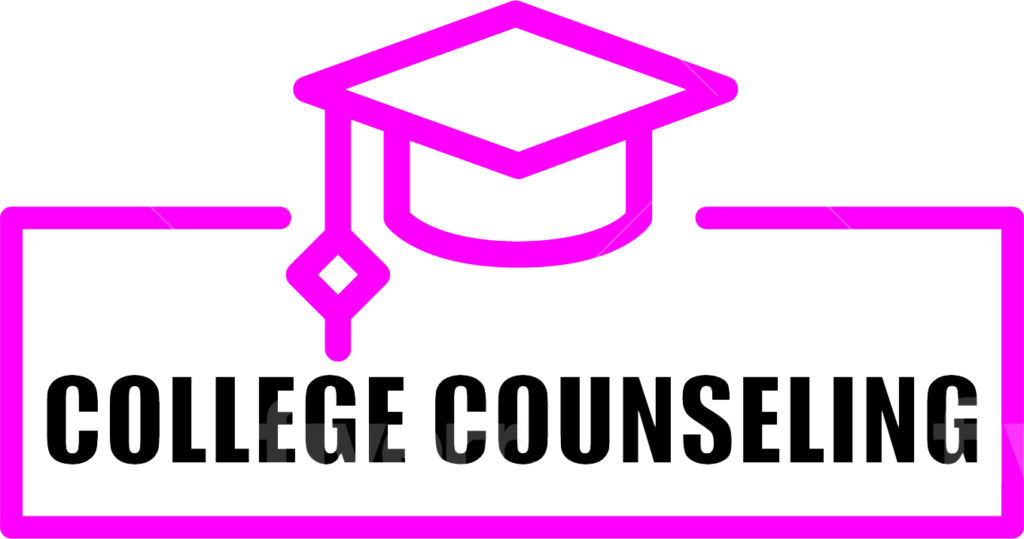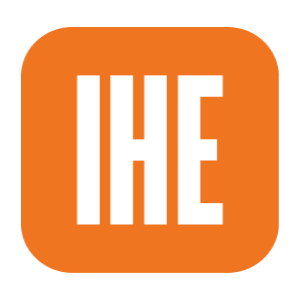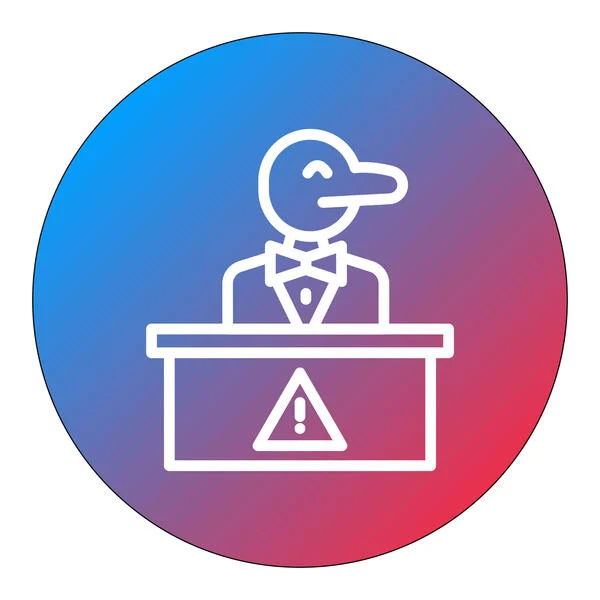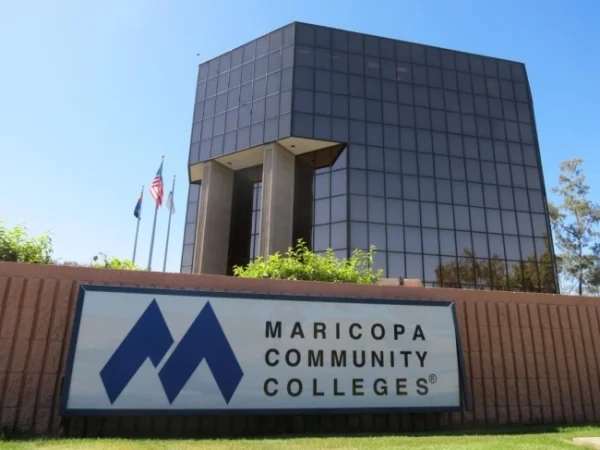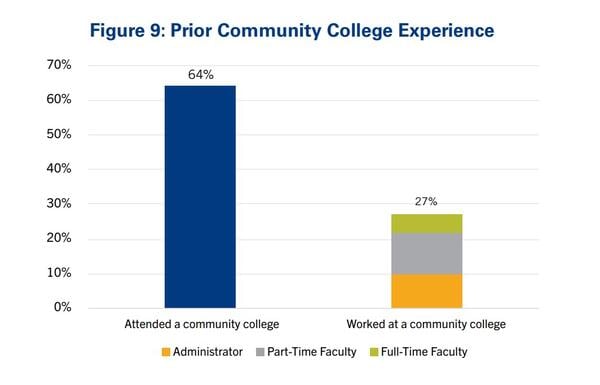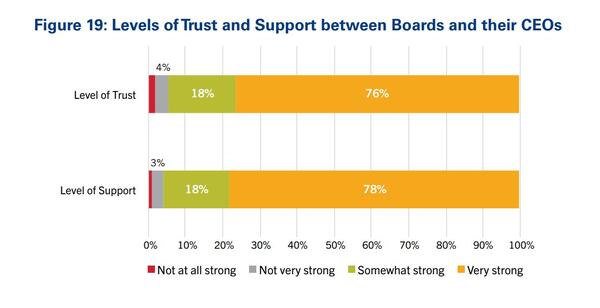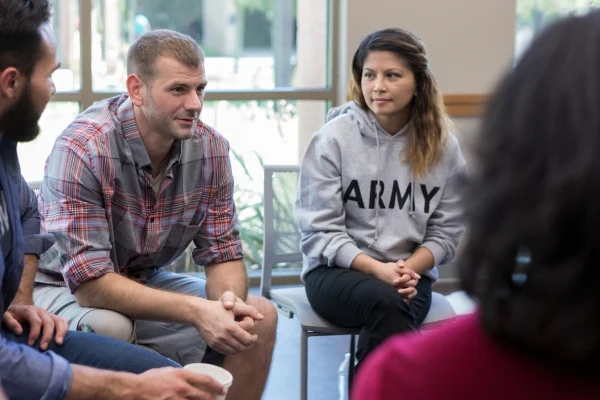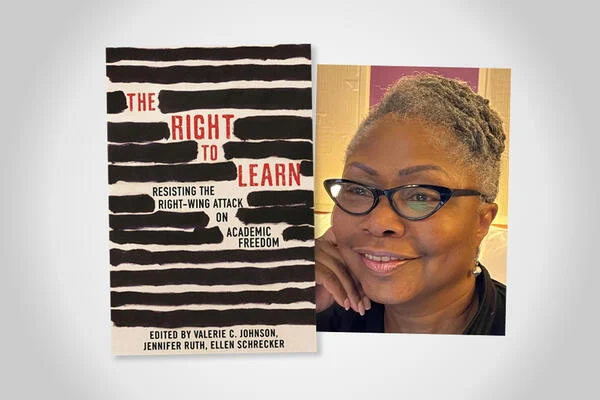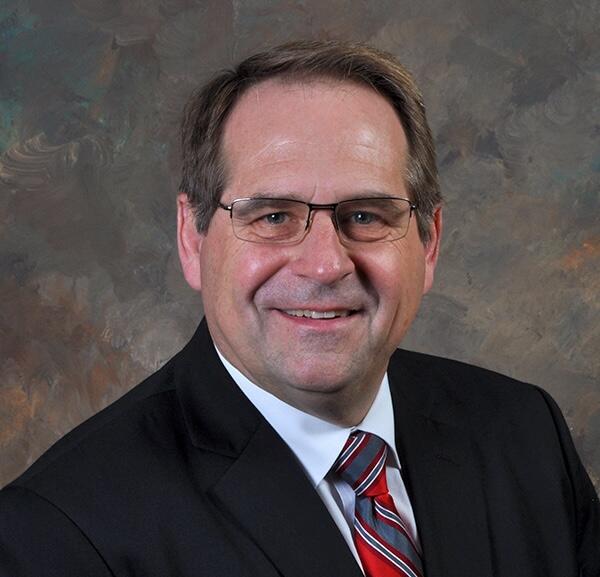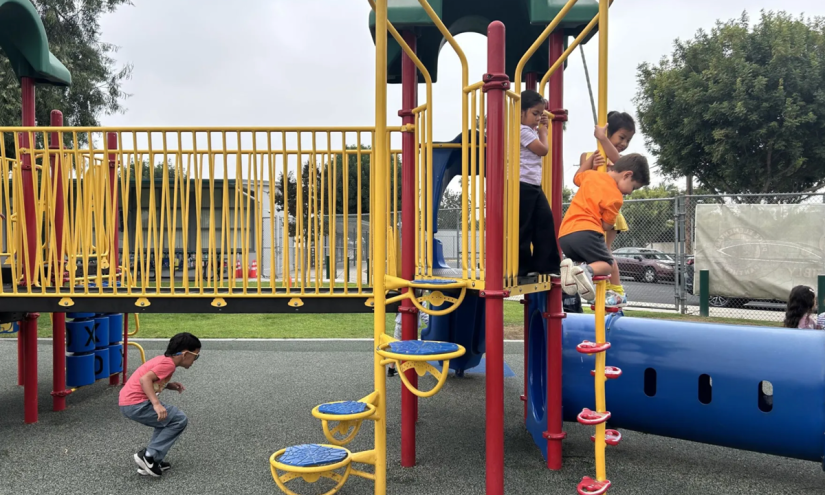With student-led campus protests on the rise and polarization intensifying on both sides of the political spectrum, the need to have students media ready is mounting. For example, in recent weeks students rallied across the U.S. because of the Trump administration’s assault on higher education; protests broke out at the University of California, Berkeley, during an event held by Turning Point USA; and students at the University of Florida protested the university’s deal with ICE. Since October 2023, U.S. colleges and universities have seen 3,700 protest days across 525 campuses, including more than 130 encampments. In fact, one in three college students have been involved in a protest.
As a PR professional, you can equip students on your campus with the skills and confidence to excel in interviews. Here are four reasons why you should invest the time and resources in media training your students.
- It makes your life easier. When a reporter contacts you and asks for a student to weigh in on the news of the day or your institution’s latest initiative, you will have a pool of students to pick from at the ready rather than reaching out to deans or faculty to find a student and vet them that day.
While it will make your life easier in the long run, it does require you to put in the time up front. Meet students on their timelines. Most student group meetings are outside of class time, so it might mean you are attending a student government association meeting at 8 p.m. or doing a Zoom training with the College Democrats or Republicans on your lunch break.
- It helps students and the community navigate crisis situations. With protests becoming regular occurrences on our campuses and in our communities, media training students will help them remain calm under pressure. When a reporter is looking for a comment, students won’t just say the first thing that pops into their mind. They will know how to get their key messages across to the audiences they are trying to reach.
It’s not just national and local media students need to respond to; student reporters are often the first to approach peers for quotes. All student newspapers are online, can be accessed by anyone and are an extension of your institution and its values. Engaging with student media isn’t just a learning opportunity—it shows how students will represent themselves, which in turn has a direct impact on the reputation of your institution.
Many students don’t know they can choose to not talk to the media or say no to interview requests. We’ve all seen the videos of reporters knocking on students’ doors and the students saying something unfavorable rather than just not opening the door in the first place, or of students having a microphone put in their face as they are walking to class to weigh in on a subject they don’t know about instead of saying, “I don’t know.” Media training can help students realize they have the option to respectfully decline interviews and interactions, which can help alleviate the pressure they might feel to respond in the moment.
- Students build career-ready competencies. Whether it’s an internship or job interview, being able to succinctly articulate their points will help students for the rest of their lives. From public speaking to leadership roles to internships, media training gives students skills for their future.
We want our students to be able to weigh in on important issues, and media outlets are always looking for a student perspective. For example, my team was recently on campus for faculty and staff media and op-ed training when a professor asked if his students could sit in. Afterward, one student drafted an op-ed that she successfully placed. I’ve also provided op-ed writing training to seminar classes in which students learn the nuts and bolts of writing an op-ed and how to get published as an undergrad.
- Name, image and likeness (NIL) has changed the game for student athletes. It takes students out of the arena and into the public eye where their reputation will be on the line. If you are at a larger school, some of your student athletes may have their own publicist, but if you are not at school where the NIL money is flowing, media training helps prepare student athletes for local commercials, being the face of the pizza shop down the street or even a postgame interview.
When a scandal occurs—a coach is fired, or student athletes are gambling or being hazed—you want students to know they can come to you for advice and guidance when reporters descend on campus.
Students are the most prominent ambassadors of your institution. Media training isn’t about making them a professional correspondent; it’s about making them feel prepared when they are in the spotlight. Whether they are engaging in a protest, talking with a peer reporter at the school newspaper or navigating a postgame interview, media training can serve them in the moment and long term. It’s worth your time to engage with your best spokespeople.
